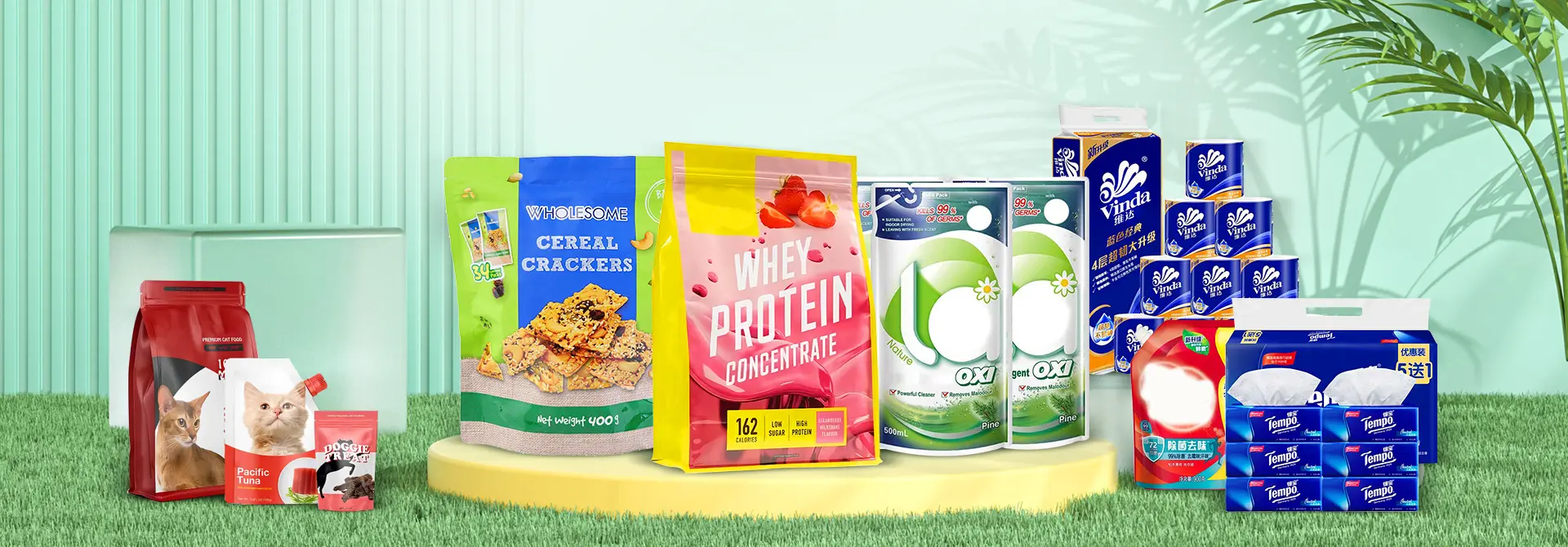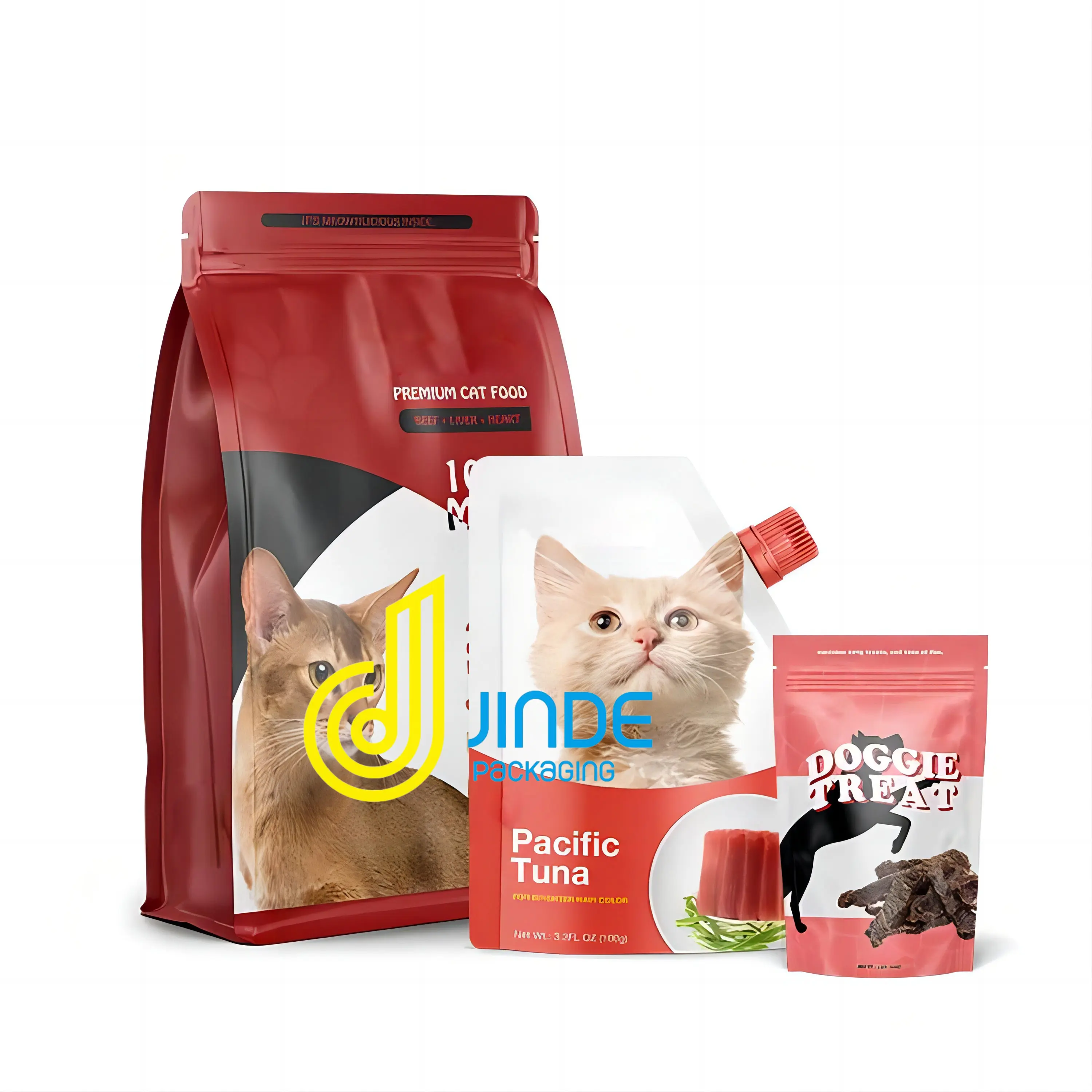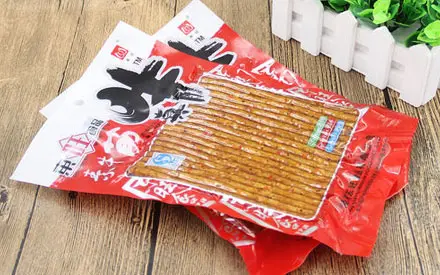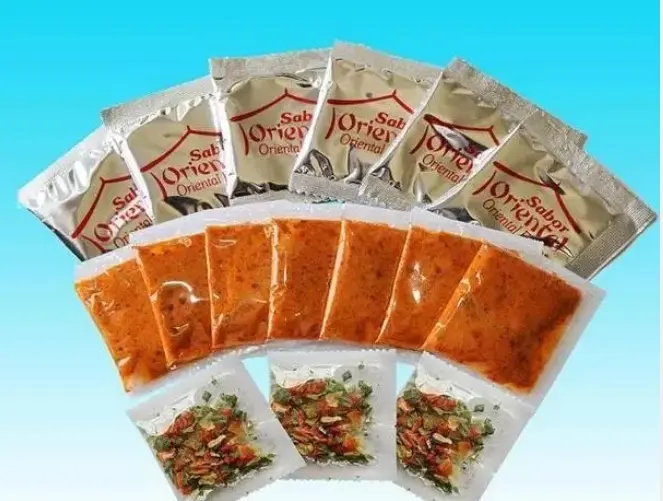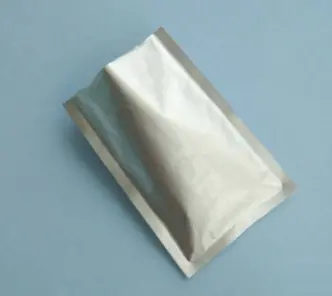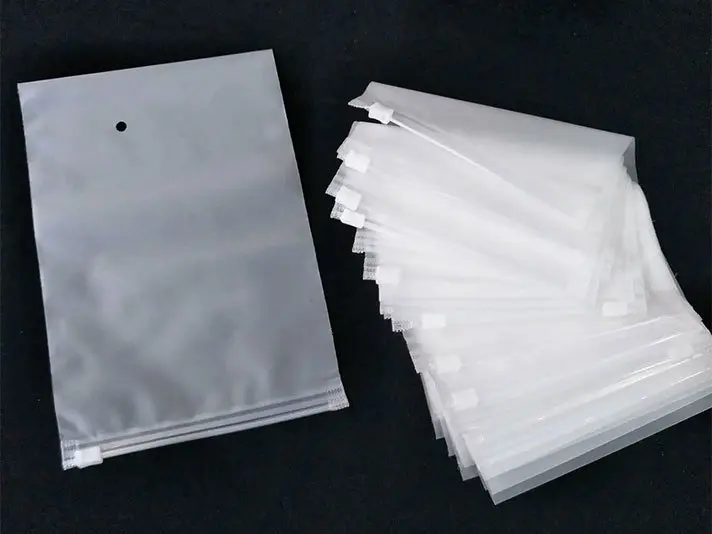What are the types of food packaging?
Food packaging is an important component of food products used to package them and prevent damage from biological, physical, and chemical factors during circulation, ensuring their smooth circulation.
There are several classifications of food packaging:
1、 Classified by material
1. Plastic: It is a common category of food packaging, with common materials including polyethylene, polypropylene, polyester, and polyamide. It is mainly a high barrier material with properties such as gas resistance, moisture resistance, and oil resistance, and has stable chemical properties.
2. Metal: Traditional food packaging materials, mainly made of tinplate and aluminum, have the characteristics of corrosion resistance, non toxicity, high strength, and good extensibility. In addition, metal packaging has excellent sealing properties and is often used to make high sealed foods such as canned goods.
3. Glass: an ancient packaging material with excellent chemical stability that can meet the purity and hygiene requirements of food packaging. It has a flexible and beautiful shape and unparalleled advantages over other materials.
4. Paper: Paper packaging is lightweight, easy to process, recyclable, and has a delicate and beautiful appearance. It is often used for packaging milk, desserts, and other products.
2、 Classified by type
1. Canned: There are paper cans, plastic cans, metal cans, glass cans, etc., mainly used for storing beverages, cans, candies, potato chips, tea leaves, etc.
2. Bottled: The main material is plastic, used to package various liquid foods such as beverages.
3. Boxed: The main material is paper, including some metal and plastic products. Boxed food packaging has strong decorative properties and is commonly used for packaging food gift boxes and fashionable foods.
4. Box packing: materials include plastic, paper, foam, wood, etc., which are commonly used for the transport packaging of vegetables, fruits, fresh food, etc.
3、 Classified by packaging method
1. Jaring: The processed food is filled into a container and sterilized to isolate the food from external contamination, kill microorganisms, and inactivate enzymes to prevent food spoilage.
2. Encapsulation: A packaging method that uses spray coating, immersion coating, and other methods to completely wrap and seal the surface of food.
3. Bagged: A film container used to hold food, which can be used for ordinary food packaging, inflatable food packaging, vacuum food packaging, etc., with a wide range of applications.
4. Wrapping: A packaging method that partially or mostly wraps items with flexible materials such as aluminum foil or film. The wrapping operation is simple and cost-effective, commonly used for packaging candies, popsicles, fruits, etc.
4、 Classified by product hierarchy
1. Inner packaging: The packaging closest to food is the last layer of barrier between food and the outside world. Common potato chip packaging, beverage bottles, etc. in daily life belong to first level packaging.
2. Secondary packaging: The second layer of protection for food, which includes the outer packaging of individually packaged candies packaged in bags and the plastic sealing layer of multiple boxes of beverages sealed together.
3. Third level packaging: The third layer of packaging for food, which is commonly used for food transportation and rarely touched by buyers.
4. Outer packaging: The outermost layer of food packaging, which is the last level of packaging and directly contacts the external environment.
5、 Classified by Craft Techniques
1. Aseptic: Food is packaged in a sterile environment without preservatives or cold chain storage. Aseptic packaging technology has minimal damage to the flavor and nutrition of food, low cost, and beautiful appearance, and has been widely used in food packaging.
2. Vacuum: Vacuuming the packaging bag to remove oxygen and prevent food oxidation and mold growth is a relatively healthy, convenient, and natural way of packaging preservation. Vacuum packaging itself does not have sterilization function, so it needs to be combined with sterilization technology.
3. Moisture proof: Paper plastic packaging materials and aluminum film vacuum packaging materials are used, which have good sealing properties and can effectively prevent moisture.
4. Boiling: This type of packaging generally uses high temperature resistant and high barrier materials, which can withstand temperatures of 120 ° C and above. The material structure is mostly three or four layers, and after high-temperature sterilization treatment, it has excellent sealing, strong anti oil function, low oil absorption rate, no odor, and no residual solvents.
5. Bubble wrap: Bubble wrap packaging may sound unfamiliar, but it is not uncommon in daily life. For example, bubble wrap packaging is often used for drugs, while it is mainly used for packaging small foods such as pastries, chocolate, jelly, and dairy tablets in food.
6. Quick freezing: The packaging used to package quick freezing products can withstand low temperatures of -45 ℃ without deformation or cracking, and has high barrier properties, impact resistance, and puncture resistance, effectively preventing harmful substances from penetrating into food.
The role of food packaging
1. Maintain food quality. The biggest function of food packaging is to maintain food quality. Businesses need to choose suitable packaging according to the characteristics of the food. If the quality of the food is affected due to packaging errors, it is definitely a small loss.
2. Attract consumers' attention and interest in the product. The first impression that consumers have of a product is the packaging presented. Excellent packaging design can quickly attract consumers' attention to the product and increase sales.
3. Convenient for consumers. Consumers' demands for food are gradually becoming more novel and fresh, leading to a steady increase in sales of specialty or fresh foods in various regions. The emergence of various food packaging technologies can make the circulation of these foods more convenient, allowing consumers to experience the flavors of other local cuisines from the comfort of their homes.

 中国
中国
